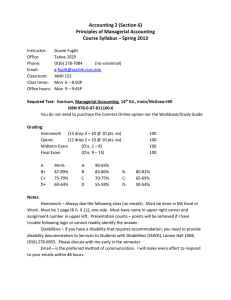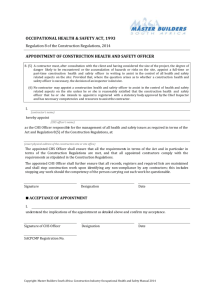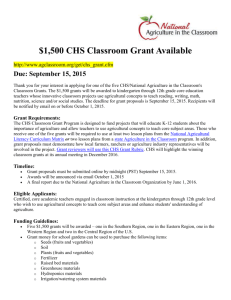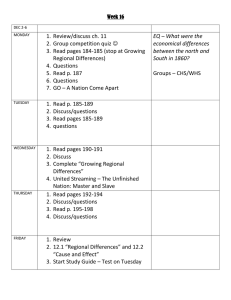bio.251.outline.f2010 - Student Learning Outcomes (SLO)
advertisement
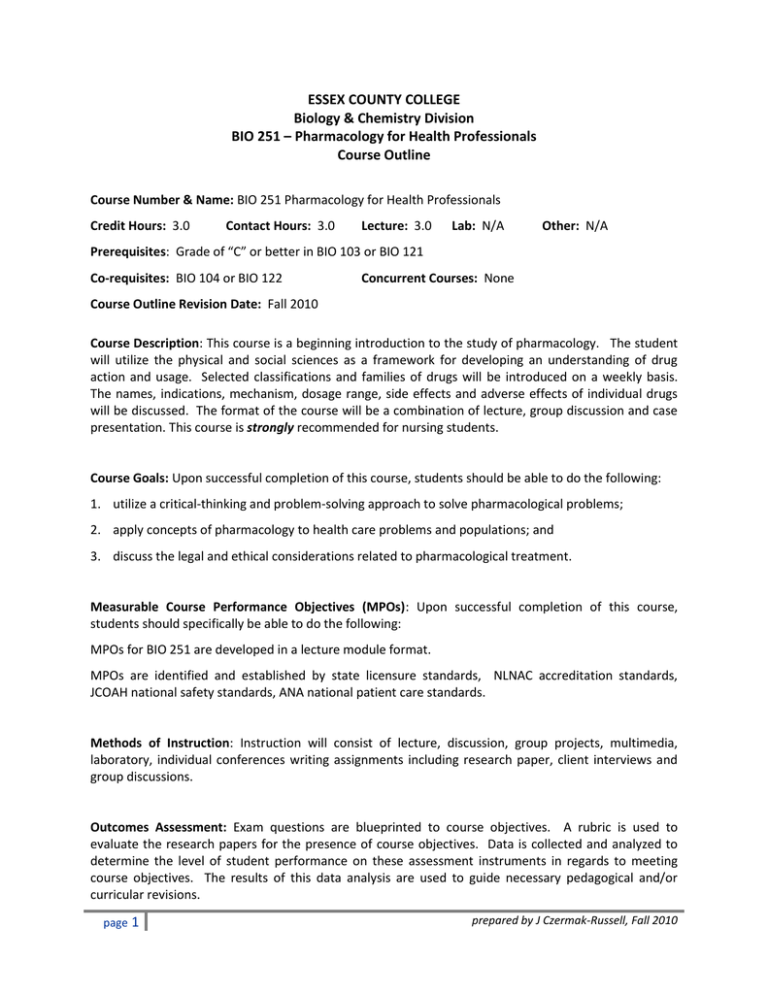
ESSEX COUNTY COLLEGE Biology & Chemistry Division BIO 251 – Pharmacology for Health Professionals Course Outline Course Number & Name: BIO 251 Pharmacology for Health Professionals Credit Hours: 3.0 Contact Hours: 3.0 Lecture: 3.0 Lab: N/A Other: N/A Prerequisites: Grade of “C” or better in BIO 103 or BIO 121 Co-requisites: BIO 104 or BIO 122 Concurrent Courses: None Course Outline Revision Date: Fall 2010 Course Description: This course is a beginning introduction to the study of pharmacology. The student will utilize the physical and social sciences as a framework for developing an understanding of drug action and usage. Selected classifications and families of drugs will be introduced on a weekly basis. The names, indications, mechanism, dosage range, side effects and adverse effects of individual drugs will be discussed. The format of the course will be a combination of lecture, group discussion and case presentation. This course is strongly recommended for nursing students. Course Goals: Upon successful completion of this course, students should be able to do the following: 1. utilize a critical-thinking and problem-solving approach to solve pharmacological problems; 2. apply concepts of pharmacology to health care problems and populations; and 3. discuss the legal and ethical considerations related to pharmacological treatment. Measurable Course Performance Objectives (MPOs): Upon successful completion of this course, students should specifically be able to do the following: MPOs for BIO 251 are developed in a lecture module format. MPOs are identified and established by state licensure standards, NLNAC accreditation standards, JCOAH national safety standards, ANA national patient care standards. Methods of Instruction: Instruction will consist of lecture, discussion, group projects, multimedia, laboratory, individual conferences writing assignments including research paper, client interviews and group discussions. Outcomes Assessment: Exam questions are blueprinted to course objectives. A rubric is used to evaluate the research papers for the presence of course objectives. Data is collected and analyzed to determine the level of student performance on these assessment instruments in regards to meeting course objectives. The results of this data analysis are used to guide necessary pedagogical and/or curricular revisions. page 1 prepared by J Czermak-Russell, Fall 2010 Course Requirements: All students are required to: 1. Maintain satisfactory course attendance (see the Nursing Student Handbook for attendance policies and procedures). Absences or late arrivals negatively affect student understanding of material and, therefore, performance in the course. 2. Complete the research paper on time. 3. Take all exams as scheduled. NOTE: Policies regarding make-up exams depend on the individual instructor of the class. Methods of Evaluation: Final course grades will be computed as follows: Grading Components % of final course grade Theory: Midterm Examination 25% Theory: Comprehensive Final Examination o A final grade of at least 75% must be achieved for successful course completion. Grades between 74% and 70% will be recorded as a “D”. Grades below 70% will be recorded as an “F”. 40% Group Discussion (2) o Satisfactory attendance o Active participation in discussion 20% Research Paper (1) o The research paper is a client interview or about a drug currently in development. The interview is conducted by the student who must interview a client taking medications, research the medications being taken and identify the teaching needs of this patient based on the findings of their interview. Guidelines are provided to the student about either research paper topic option. 10% Attendance 5% NOTE: A final exam grade of at least 75% must be achieved for successful course completion. page 2 prepared by J Czermak-Russell, Fall 2010 Academic Integrity: Dishonesty disrupts the search for truth that is inherent in the learning process and so devalues the purpose and the mission of the College. Academic dishonesty includes, but is not limited to, the following: plagiarism – the failure to acknowledge another writer’s words or ideas or to give proper credit to sources of information; cheating – knowingly obtaining or giving unauthorized information on any test/exam or any other academic assignment; interference – any interruption of the academic process that prevents others from the proper engagement in learning or teaching; and fraud – any act or instance of willful deceit or trickery. Violations of academic integrity will be dealt with by imposing appropriate sanctions. Sanctions for acts of academic dishonesty could include the resubmission of an assignment, failure of the test/exam, failure in the course, probation, suspension from the College, and even expulsion from the College. Student Code of Conduct: All students are expected to conduct themselves as responsible and considerate adults who respect the rights of others. Disruptive behavior will not be tolerated. All students are also expected to attend and be on time for all class meetings. No cell phones or similar electronic devices are permitted in class. Please refer to the Essex County College student handbook, Lifeline, for more specific information about the College’s Code of Conduct and attendance requirements. page 3 prepared by J Czermak-Russell, Fall 2010 Course Content Outline: based on the text Pharmacology for Nursing Care, 7th edition, by Lehne; published by W B Saunders; Philadelphia, PA, 2010; and Pharmacology for Nursing Care Study Guide, 7th edition, by Lehne; published by W B Saunders; Philadelphia, PA, 2010 Week Topics Reading Assignments 1 Introduction, Basic Principles of Pharmacology Chs 1 – 4 2 Basic Principles of Pharmacology (continued), Chs 5 – 8 Drug Therapy across the Life Span 3–4 Peripheral Nervous System Drugs Chs 12 – 19 5 Central Nervous System Drugs Chs 20 – 25 6 Central Nervous System Drugs (continued), Chs 20 – 25 (continued), Chs 26 – 30 Psychotherapeutic Drugs 7 Review content from chapters 1 – 30 Midterm Exam 8 Drugs Affecting Fluid and Electrolyte Balance, Chs 40 – 41, Chs 42 – 46 Drugs Affecting the Heart Group Discussion I Chs 42 – 47 9 CHF/MI, Anticoagulant Chs 47 – 52, Chs 42 – 48 10 Drugs for Endocrine Disorders Group Discussion II Chs 56 – 59 11 Respiratory Tract Drugs Chs 75 – 76 12 Gastrointestinal Drugs Research Paper due Chs 77 – 79 13 Chemotherapy of Infectious Diseases Chs 82 – 95 14 Cancer Chemotherapy, Toxicology Chs 100 – 102, Chs 108 – 109 15 Review all course content Final Exam page 4 prepared by J Czermak-Russell, Fall 2010

